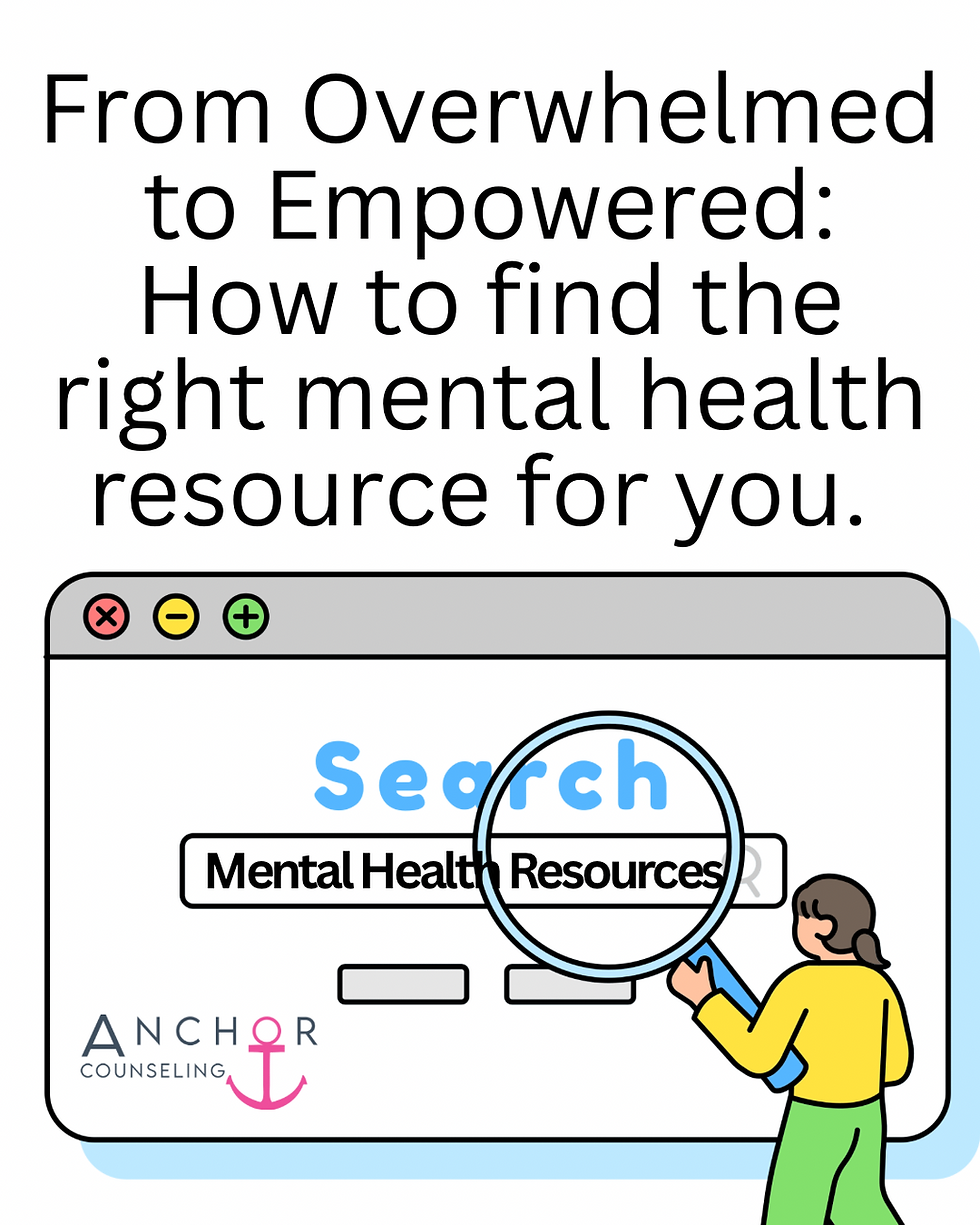Masks: Not Just for Halloween
- Angel Ianakiev

- Oct 19
- 2 min read
We all wear masks and not just the kind you find on Halloween. Emotional masking means hiding or suppressing what we truly feel in order to appear “okay.” It’s a coping mechanism that allows us to fit in, avoid judgment, or maintain peace. We smile when we’re exhausted, laugh when we feel like crying, and say, “I’m fine” even when we are definitely not. While it can help us navigate social situations, it often comes at a quiet cost to our emotional well-being.
At times, masking can serve a purpose. It helps us get through tough moments or maintain composure when we need to. But when it becomes a constant habit, it can start to disconnect us from ourselves. Consistently pushing emotions aside doesn’t make them disappear, it just buries them deeper. Over time, this can lead to burnout, anxiety, irritability, and even physical symptoms like headaches or fatigue. When we’re always “on,” pretending everything’s fine, our nervous system never really gets to rest.
Masking also impacts our relationships. When we hide our true emotions, we limit the depth of connection we can have with others. Genuine connection requires honesty, and when our emotional masks stay on too long, others can sense that something’s off, even if they don’t know what it is.
Many of us learned early on that expressing emotions wasn’t safe or acceptable. Maybe we were told to “be strong,” “stop crying,” or “don’t make a scene.” Over time, we internalized the belief that emotional expression equals weakness. In reality, it’s the opposite. It takes courage to be authentic in a world that values composure over honesty.
Taking off the emotional mask doesn’t mean breaking down in every situation, it means giving yourself permission to feel, express, and release emotions in healthy ways. Here are a few small steps to start:
Name What You Feel – Sometimes just identifying an emotion (“I’m anxious,” “I’m disappointed,” “I’m lonely”) can lessen its hold on you.
Check in with Your Body – Our bodies often reveal what our minds suppress. Notice tension, fatigue, or changes in breathing.
Practice Safe Expression – Journaling, talking with a therapist, or sharing honestly with a trusted person helps emotions move through instead of staying bottled up.
Give Yourself Grace – You don’t need to unmask all at once. Start small, and remind yourself that feeling emotions isn’t a flaw, it’s a sign of being human.
When we stop masking, we create space for authenticity, vulnerability, and healing. So the next time you catch yourself putting on that practiced smile, pause. Take a deep breath. Ask yourself, “What am I really feeling right now?” You might find that letting your guard down, even just a little, is the first step toward real connection and emotional peace.







Comments